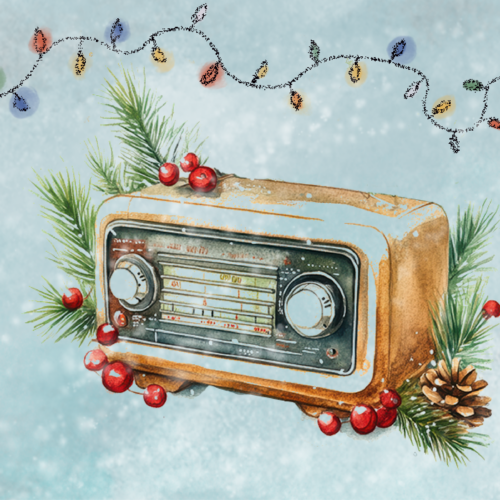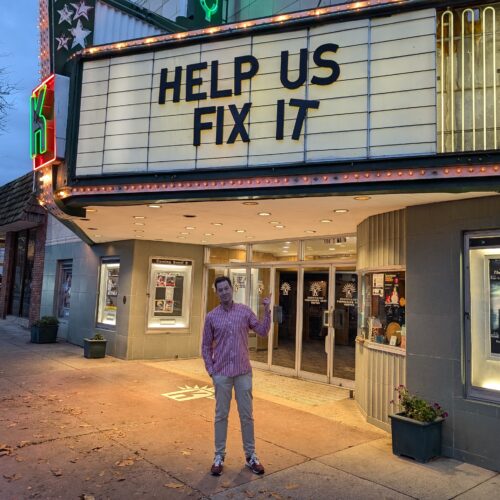
Look Up: Musical Inspiration From The Night Sky

Warm nights and clear skies are a perfect combination to see some of the night sky’s wonders, even if you don’t have a telescope. And what could be better than stargazing with a themed classical music soundtrack? So grab your blanket and head away from the city lights.
Did you see the bright red “star” in late July? It wasn’t a star at all, it was Mars, the red planet – nearly the closest it’s been to Earth in 60,000 years on July 30-31 (the only other time it was closer was in 2003). On July 27, the Sun’s reflection off Earth made Mars shine extra brightly. If you missed the close encounter, don’t worry: Mars will stay bright in the sky through early September. Look for Mars in the east in evening and in the west near dawn.
If you wish upon a shooting star, pick the nights of August 11 and 12. Those are peak nights for the Perseid Meteor Shower. It will also be a moon-free night, perfect for seeing those beautiful streaks across the sky. You might see as many as 50 an hour while the constellation Perseus the Hero is in the northeast sky, holding the head of Medusa. The story behind the constellation is also the inspiration for a 1682 opera by Jean-Baptiste Lully. (Lully too would have seen the meteors in August 1682, though he might have called them the “tears of Saint Lawrence.”)
No matter what time of year, as long as the sky is clear, there will always be something amazing to see in the night sky. Spanish composer Joaquin Rodrigo was blind, but he, too, knew our fascination with space and celestial bodies. He called this concert work A la busca del más allá, “In search of the beyond.”
Related Stories:

Special Holiday Radio Programs on NWPB: December and New Year’s Day 2025
Turn on your radio, pour a cup of tea, cozy up to a warm fire, and enjoy uplifting music, heartwarming stories and inspiring performances to celebrate the season.
Here’s a list of special programs coming your way throughout the month of December.

In Conversation with Connor Chee
Connor Chee is an award-winning pianist, who is known for blending his classical training with his Native American heritage to create unique works inspired by Navajo, or Diné, chants, songs, and culture.

Co-founders of a new Native American music festival prioritize education, creativity, and relationship
NWPB’s Anjuli Dodhia spoke to WSU professors, Drs. Melissa Parkhurst and Jacqueline Wilson (Yakima), about their upcoming Olsen Festival of native American Music. With Artist-in-Residence Connor Chee, the festival will be hosted on the WSU Pullman campus, November 12-23, 2024.















